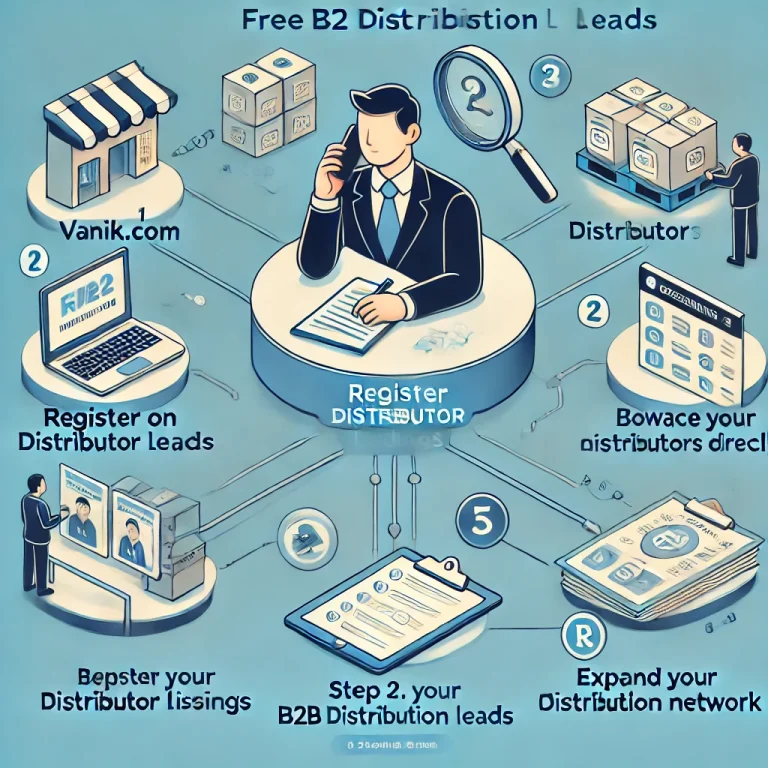Taking on the distribution of a lesser-known or new brand, such as a lubricant company, involves risks but also offers significant opportunities. The decision to distribute products from a new company can be daunting, but with the right approach, it can lead to substantial growth and profitability for your distribution business. Here are the key points to consider when evaluating whether to take on the distributorship of a new or less reputed company.
1. Assess Product Quality
Why It Matters: Your reputation as a distributor hinges on the quality of the products you supply. Distributing subpar products can damage your business relationships and brand.
Steps to Take:
- Quality Certification: Ensure the products meet industry standards and have necessary quality certificates.
- Company Research: Investigate the company’s history, reputation, and any past controversies.
- Product Testing: If possible, test the products yourself or request samples.
Example: A distributor considering a new brand of lubricants might request samples to test the viscosity and performance against industry standards before committing.
2. Evaluate Sales Support
Why It Matters: Adequate sales support can significantly impact your ability to market and sell the products effectively.
Steps to Take:
- Support Availability: Confirm the level of sales support, marketing materials, and training provided by the company.
- Negotiation: If the company lacks sales support, negotiate additional margins or support, such as appointing local sales representatives in exchange for higher margins.
Example: If a lubricant company cannot provide sales support, a distributor might negotiate for an additional 2% margin to cover the cost of hiring local sales staff.
3. Analyze Market Competition
Why It Matters: Understanding the competitive landscape helps in positioning the new product effectively.
Steps to Take:
- Market Research: Assess who the competitors are in your local market and their pricing strategies.
- Unique Selling Proposition (USP): Determine if the new product offers a better alternative or unique advantages over existing products.
Example: A distributor could find that the new lubricant brand has a unique additive that prolongs engine life, making it a competitive alternative to existing brands.
4. Consider Product Range
Why It Matters: A diverse product range can attract more customers and increase sales opportunities.
Steps to Take:
- Product Line Depth: Evaluate the breadth and depth of the product line.
- Avoid Single Product Lines: It’s generally better to distribute a range of products rather than a single product.
Example: Distributing a range of lubricants for different applications (automotive, industrial, marine) can attract a broader customer base.
5. Understand Pricing Strategy
Why It Matters: The pricing model should align with your target market to ensure competitiveness and profitability.
Steps to Take:
- Market Alignment: Ensure the product’s price fits within your market’s pricing expectations.
- Premium vs. Economy: Match the product’s price point with your market’s segment (high-end or budget-conscious consumers).
Example: A high-end lubricant may not sell well in a budget-conscious market, while a competitively priced product might perform better.
6. Clarify Warranty and After-Sales Service
Why It Matters: Warranty and after-sales services can influence customer satisfaction and repeat business.
Steps to Take:
- Service Policies: Understand the company’s policies on defective products and unsold stock.
- Customer Support: Ensure robust after-sales support and warranty services are available.
Example: A lubricant distributor should ensure that the company provides a solid warranty and easy returns process for defective products.
7. Evaluate Logistics and Supply Chain Efficiency
Why It Matters: Efficient logistics and supply chain operations are crucial for timely delivery and inventory management.
Steps to Take:
- Logistics Costs: Determine who bears the transportation costs.
- Supply Chain Reliability: Assess the company’s logistics network and its reliability.
Example: A distributor might prefer a supplier that has a central warehouse or C&F agent nearby to reduce shipping times and costs.
8. Negotiate Favorable Terms and Conditions
Why It Matters: Favorable terms can improve profitability and provide security in your distributorship agreement.
Steps to Take:
- Exclusive Rights: Negotiate for exclusive distribution rights in your territory.
- Fair Payment Terms: Ensure payment terms are favorable and manageable.
Example: Securing exclusive distribution rights for a promising new lubricant brand in a specific region can protect the distributor from direct competition.
9. Set Realistic Sales Projections
Why It Matters: Realistic projections help manage expectations and plan growth strategies effectively.
Steps to Take:
- Avoid Over-Commitment: Do not commit to large orders initially.
- Growth Targets: Set achievable sales targets and gradually increase volumes.
Example: A distributor might start with a modest inventory of the new lubricant brand and scale up based on market response and sales performance.
10. Establish an Exit Strategy
Why It Matters: An exit strategy provides a safety net if the distributorship does not work out as planned.
Steps to Take:
- Clear Terms: Use a model distribution agreement that includes exit clauses.
- Mitigate Risks: Ensure that the exit terms are fair and allow you to minimize losses.
Example: A distributor might include a clause that allows them to return unsold stock to the company if sales targets are not met within a specified period.
Conclusion
Taking on the distributorship of a less reputed or new brand involves risks, but with thorough evaluation and strategic planning, it can lead to substantial rewards. By considering factors such as product quality, sales support, market competition, product range, pricing strategy, warranty, logistics, terms and conditions, sales projections, and exit strategy, distribution professionals can make informed decisions that mitigate risks and enhance the potential for success.


